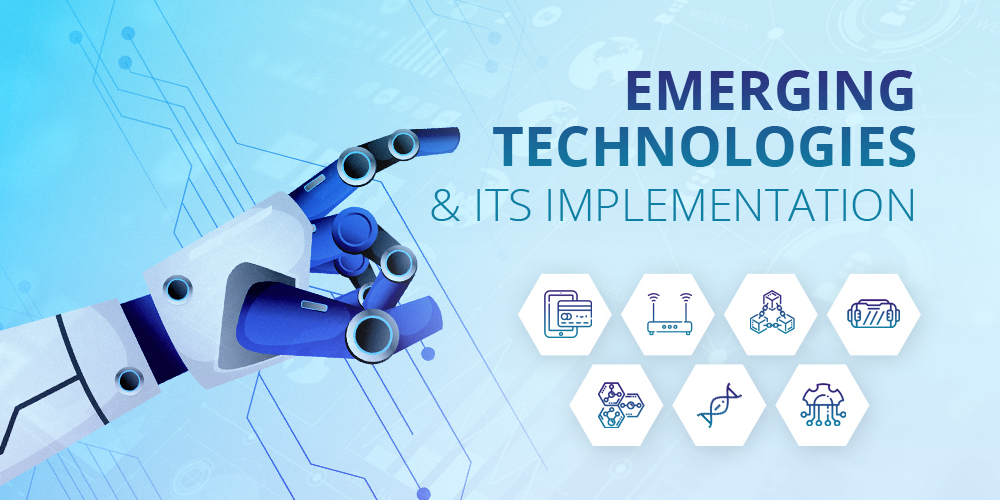Could these technologies power the world of tomorrow?
Since the dawn of the industrial age, the world has been powered by a relatively small set of technologies. The 20th century was the age of coal, but this side of 2000, that’s changed.
The need to curb emissions and the rise of renewables, from wind to solar to biomass, has significantly changed how we fuel our power generation.

Microbial fuel cells
Harnessing the power of bacteria
Bacteria are all around us. Some are harmful, some are beneficial, but all of them ‘breathe’. When they breathe oxidation occurs, which is when something combines with oxygen at a chemical level, and when bacteria do this, electrons are released.
By connecting breathing microbes to a cathode and an anode (the positive and negative rods of a battery), the flow of these released electrons can be harnessed to generate power. This is what’s known as a microbial fuel cell (MFC). MFCs are used largely to generate electricity from waste water, but are expanding into more exotic uses, like powering miniature aquatic robots.
New developments are constantly expanding the power and applications of MFCs. Researchers at Binghamton University, New York found that combining phototropic (light-consuming) and heterotrophic (matter-consuming) bacteria in microbial fuel reactions generates currents 70 times more powerful than in conventional setups.

Solar
The New Dawn
Solar power may not be a new technology, but where it’s going is…
BIPV solar technology
Building-integrated photovoltaics, as the name suggests, seamlessly blend into building architecture in the form of roofs, canopies, curtain walls, facades, and skylight systems. Unlike traditional solar PV panels, BIPV can be aesthetically appealing rather than a compromise to a building’s design.
Of course, aesthetics alone is not enough for solar buyers; economics matters too. The good news is that the BIPV solar panel systems enable homeowners to save on building materials and electric power costs. By substituting BIPV for standard building materials, you can cut down on the additional cost of solar panel mounting systems.
BIPV technology, when used on the building’s facades, atrium, terrace floor, and canopies, provides the following benefits:
-
Increased energy efficiency
-
High thermal and sound insulation
-
Clean and free power output from the sun
-
Decreased O&M costs
-
Zero carbon footprint
The photovoltaic PV glasses installed as building materials act as an energy-generating device, allowing natural light inside homes and offices, just as conventional architectural glasses.
Solar Skins
Solar skins are a novel PV technology to integrate custom designs into solar panel systems. The solar skin technology is similar to the ad wraps displayed on bus windows.

Sistine, the manufacturer of solar skins, is testing the technology at the United States National Renewable Energy Laboratory to increase its efficiency. Solar thin-film skins maintain high efficiency due to its selective light filtration advancements. The sunlight falling on solar skins is filtered to reach the solar cells beneath it. As a result, it simultaneously displays the custom image and provides solar energy.
These imprinted custom images, embedded into solar panels, can exactly match your grassy lawns or rooftops of your homes.
Solar skin panels can also be beneficial for businesses or government offices. They can be customized to display business logos, business advertisements, a country’s flag, and so on.
Moreover, solar skins utilize rail-less racking systems, sit lower, have a sleek finish, and hide metal components, giving the panels a super cool look. If panel aesthetics stops you from going solar, Sistine’s SolarSkins might be the solution you are looking for.
The future of solar looks bright
Solar power was earlier generated only by means of ground-mounted or rooftop panels. But thanks to all the advancements mentioned above, solar is set to become lighter, more flexible, and applicable everywhere.
Imagine all this tech is available and you visit another city. You can buy food at a solar-powered food cart, eat it while traveling on a solar-powered highway, and charge your phone from your solar-powered clothes. This is what the near future looks like!
And there are actually lots of other innovative residential solar technologies in development or currently being rolled out in 2020. Perhaps the most promising new tech is Perovskite solar cells, which could soon be used to create solar paint.

Tidal Power
Changing the Wave
A more predictable power source than intermittent renewables like wind and solar, tidal power isn’t new, however its growth and development has typically been restrained by high costs and limited availability. That’s changing. Last year saw the launch of the first of 269 1.5 MW (megawatt) underwater turbines, part of world’s first large scale tidal energy farm in Scotland.
Around the world there are existing tidal power stations – such as the Sihwa Lake Tidal Power Station in South Korea, which has a capacity of 254MW – but the MeyGen array in Scotland will be able to take the potential of the technology further. It’s hoped that when fully operational it will generate 398MW, or enough to power 175,000 homes.
We might not know exactly how the electricity of tomorrow will be generated, but it’s likely some or all of these technologies will play a part. What is clear is that our energy is changing.
We might not know exactly how the electricity of tomorrow will be generated, but it’s likely some or all of these technologies will play a part. What is clear is that our energy is changing.

Leave a Reply